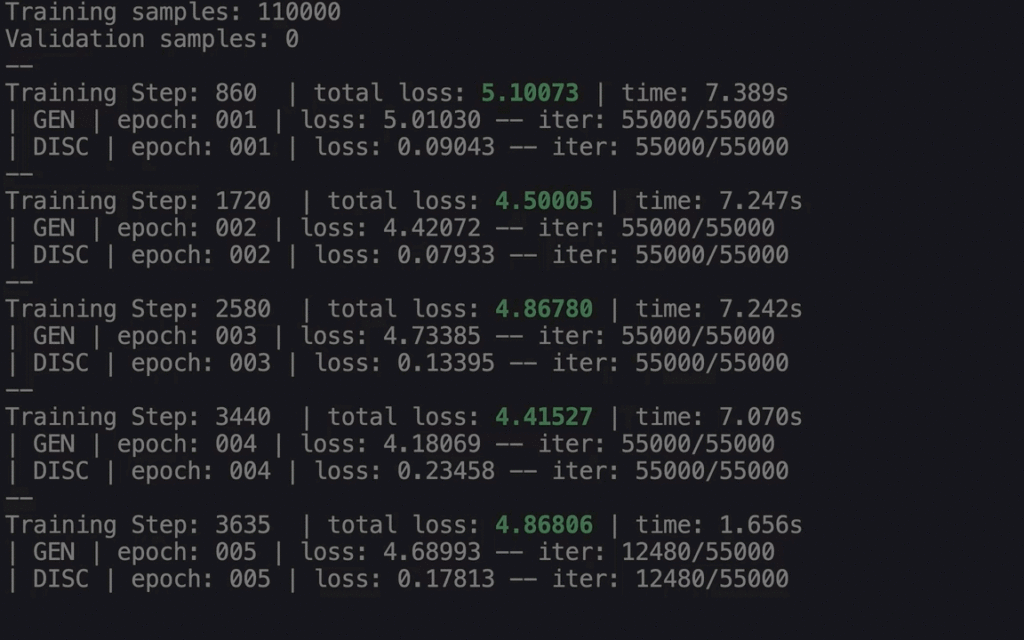Recently we have been talking a lot about Deep Learning and Tensorflow. In the last post I walked through how to build neural networks with Tensorflow . Now I want to shift gears to talk about my newest venture into Tensorflow with TFLearn. The lines between deep learning and Hadoop are blurring and data engineers need to understand the basics of deep learning. TFLearn offers an easy way to learn Tensorflow.
What is TFLearn?
TFLearn is an abstraction framework for Tensorflow. An abstraction framework is basically a higher level language for implementing lower level programming. A simple way to think of abstraction layers is it reduces code complexity. In the past we used Pig Latin to abstract away Java code for Tensorflow we will use TFLearn.
TFLearn offers a quick way for Data Engineers or Data Scientist to start building Tensorflow neural networks without having to go deep into Tensorflow. Neural Networks with TFLearn are still written in Python, but the code is drastically reduced from Python Tensorflow. Using TFLearn provides Data Engineers new to Tensorflow an easy way start learning and building their Deep Neural Networks (DNN).
Pluralsight Author
Since 2015 I’ve been creating Data Engineering courses through Pluralsight. My latest course on TFLearn titled Implementing Multi-layer Neural Networks with TFLearn is my sixth course on Pluralsight. While I’ve developed courses in the past this course was in two major areas: Implementing Multi-layer Neural Networks is my first course in the deep learning area. Second this course is solely based on coding in Python. Until now I had never done a coding course per say.
Implementing Multi-layer Neural Networks with TFLearn
Implementing Multi-layer Neural Networks with TFLearn is broken into 7 modules. I wanted to follow closely with the TLearn documentation for how the functions and layers are broken down. Here are the 7 modules I cover in Implementing Multi-layer Neural Networks with TFLearn:
- TFLearn Course Overview – Breakdown of what is covered in this course around deep learning, Tensorflow, and TFLearn.
- Why Deep Learning – Why do Data Engineers need to learn about deep learning? Deep dive into the basic terminology in deep learning and comparison of machine learning and deep learning.
- What is TFLearn? – First start off by defining TFLearn and abstraction layers in deep learning. Second we breakdown the differences between Tensorflow and TFLearn. Next we run through both the TFLearn and Tensorflow documentation. Finally we close out the module by building your TFlearn development environment on you machine or in the cloud.
- Implementing Layers in TFLearn – In deep learning layers are where the magic happens so this where we begin our Python TFLearn coding. In the first example we build out neural networks using the TFLearn core layers. Our second neural network we build will be a Covolutional Neural Network (CNN) with out MNIST data source. After running our CNN it’s time to build our 3 neural network with a Recurrent Neural Network (RNN). Finally we close out the module by looking at the Estimators layers in TFLearn.
- Building Activations in TFLearn – The activations module give us time to examine what mathematical functions are being implemented at each layer. During this module we explore the different activiations available in Tensorflow and TFLearn.
- Managing Data with TFLearn – Deep learning is all about data sets and how we train our neural networks with those data sets. The Managing Data with TFLearn module is all about the tools available to handle our data sets. In the last topic area of the data module we cover the implications and tools for real-time processing with Tensorflow’s TFLearn.
- Running Models with TFLearn – The last module in the Implementing Multi-layer Neural Networks with TFLearn Pluralsight course in all about how to run models. During the course we have focused mainly on how to implement Deep Neural Networks (DNN) but in this module we introduce Generative Neural Networks (GNN). Finally after comparing DNNs and GNNs we look to the future of deep learning.
Honest Feedback Time
I would love some honest feedback on this course:
- How did you like?
- Would you like to see more deep learning courses?
- What could be better?
Feel free to put these answers in the comment section below or send me an email.
